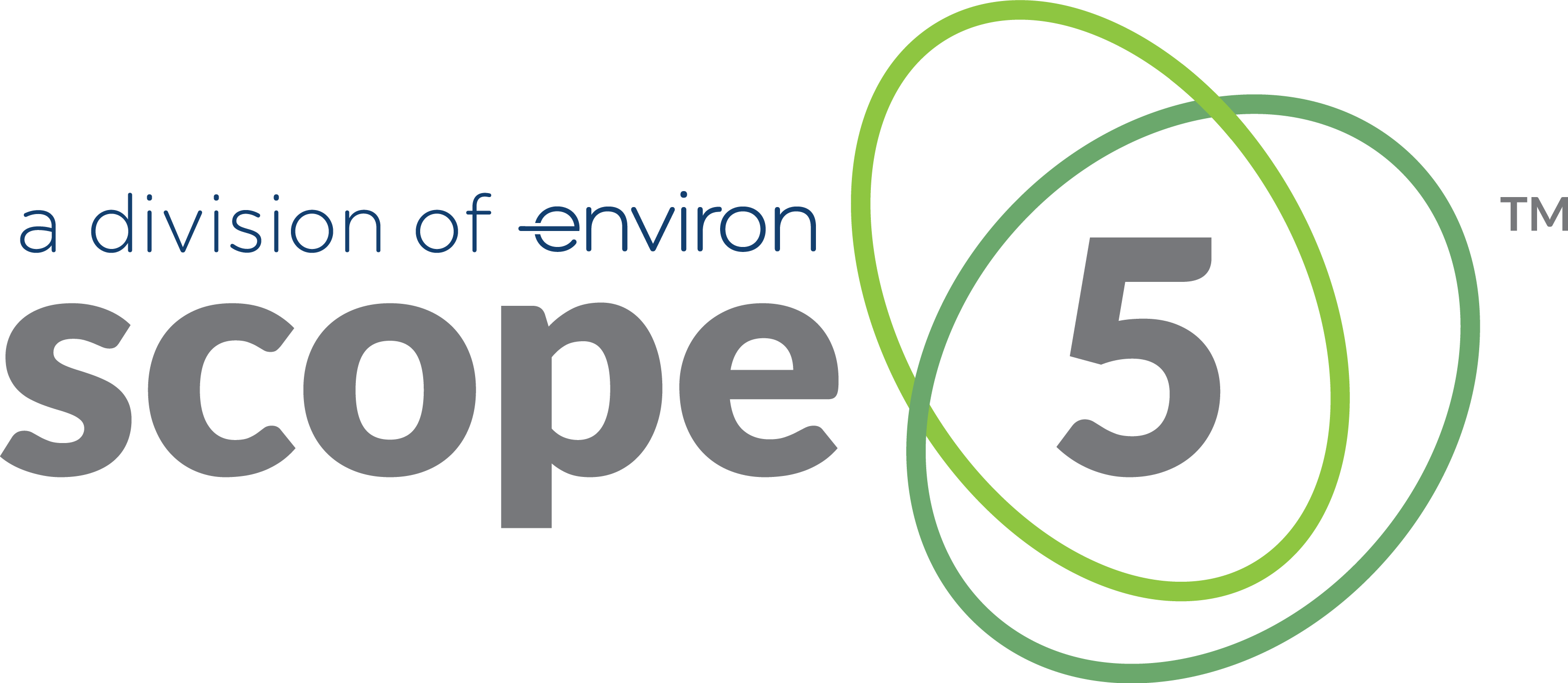A major revision to Greenhouse Gas Protocol Scope 2 methodology provides companies an upgraded tool to understand their impacts, how they can lower them, and become more transparent. But it requires sourcing, tracking and reporting additional emission factors. Scope 5’s John Merrill shares how Scope 5 can help you.
by John Merrill
A major revision to the Greenhouse Gas Protocol Scope 2 methodology in 2015 provides companies an upgraded tool to understand their impacts, how they can lower them and be even more transparent. For sustainability professionals, it’s a much better way to communicate the success of a clean energy strategy.
But it requires sourcing, tracking and reporting additional emission factors and understanding a somewhat complex set of rules about which to report.
As a renewable energy specialist at my company, Scope 5, I’m excited about the growing number of options to reduce emissions that the GHG Protocol now strongly supports.
Market-Based Reporting
The Scope 2 guidance now has a dual reporting requirement: a “market-based” GHG emission reporting obligation was added to the previous “location-based” reporting requirement. The location-based process continues to employ average emissions data for large, often multi-state, regions while the market-based methodology gets very granular.
The market-based technique recognizes that some utilities and independent power producers (IPPs) within these larger regions sell cleaner-than-average (and even zero emission) electricity and that customers who buy from these suppliers have lower emissions.
The market-based methodology focuses on the contracts companies use to buy electricity (or steam, heat or cooling). It organizes energy-purchase-contract types into a hierarchy based on how precisely they specify carbon emissions. From highest to lowest precision they are: renewable energy and other environmental attribute certificates, power purchase agreements, supplier-specific emission factors from utilities and, least precise, “residual mix” and grid average factors.
To comply with the GHG Protocol, market-based reporting is required for any organization with operations where energy product or “supplier-specific” emissions data is available; this includes all U.S. and Canadian locations and most of Europe.
Robust Quality Criteria Ensure Accuracy and Completeness
The GHG Protocol requires companies to report the most precise and accurate emission factors, based on the hierarchy of contractual instruments, which meet rigorous quality criteria. The quality criteria are designed to ensure the veracity and accuracy of claimed environmental attributes and prevent double counting. Understanding the quality criteria and how to apply them is somewhat complex but essential to the integrity of the system.
Fueling Positive Change in Energy Markets
In summary, the GHG Protocol is now much more supportive of organizations that contract to buy renewable energy (or produce it themselves). And with the new Scope 2 methodology, companies have a better tool to understand their impacts and how best to reduce them. And yes it takes more effort to get there, but companies now get the credit they deserve for lowering impacts for the benefit of all stakeholders.
The changes to the Scope 2 Protocol are also important from a broader perspective. By encouraging companies to buy green power, they are helping to slowly change electricity markets for the better. Like it or not, government support for renewable energy has likely peaked. Private sector demand for emission-free power has emerged as a primary force in shaping a more sustainable electricity grid. Increased “market pull” for clean electricity is gradually but inexorably changing the way traditional utilities and independent power producers do business, which bodes well for the health of our planet.
John Merrill is a renewable energy specialist with Scope 5. John helps companies shrink their environmental footprint and boost resource conservation and reuse.
